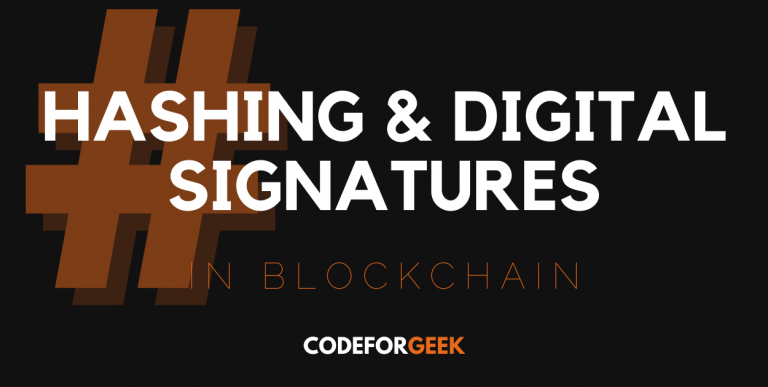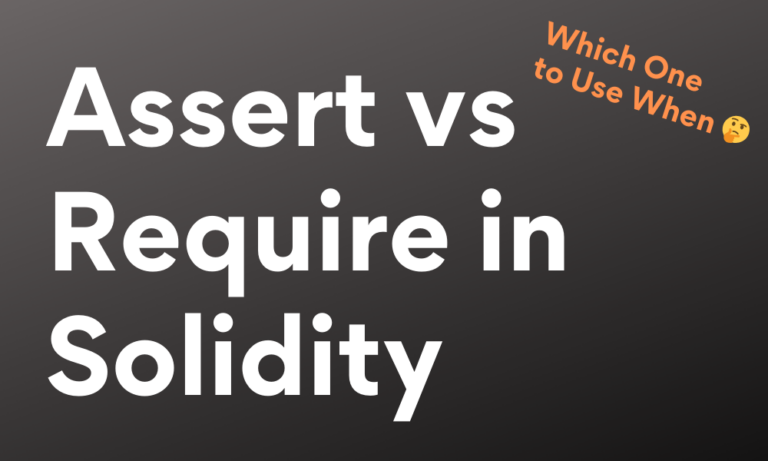Today we are learning about hashing and digital signature in blockchain; a topic that is of great importance today for consumers, businesses, and even developers.
The 21st-century world eats, sleeps, and breathes data. Well, you apparently already guessed what I mean. Everything and everyone is becoming more and more data-reliant with each passing day. Besides, economies today are quickly transforming from oil-driven models to data-driven ones.
This era literally lives on data and information. We are seeing governments, businesses, and even individuals today to be making day-to-day decisions that depend so heavily on data. It is such a precious asset now that attackers choose data over anything else.
However, relying heavily on data brings along dire concerns like security and privacy. The need for security goes hand in hand with the need for data.
In this article, I will discuss hashing and digital signature in blockchain and introduce you to their working. So, let’s get going!
Blockchain to the Rescue: Hashing and Digital Signature
Businesses today are in search of innovative ways to safeguard information. One way that businesses have found is blockchain. Blockchain technologies have not only transformed how data is stored and secured, but also how business is conducted.
Their decentralized and distributed nature has businesses adopt powerful protocols to secure data. The technology ensures the expulsion of all unwanted and undesired parties like governments, banks, and other intermediaries that pose several restrictions and difficulties in conducting business.
Blockchain technology makes use of cryptographic hashing and digital signature systems of information security. Cryptographic hashing and digital signature aren’t unique to blockchains. However, with the technology’s distributed ledger system, they boost the security systems.
Let us now understand what hashing and digital signature say.
What is Hashing in Blockchain Technology?
In terms of security and privacy, hashing refers to the process of mapping arbitrary size of data and generating a specific digit mathematical value for it, known as a “hash value”, “message”, or simply “hash”. Even the slightest change in the data will modify the hash value.
This hash value is one-way and indeterministic meaning it is impossible to reverse-engineer the cryptographic hash function and reproduce the underlying original data.
“The only ideal way to find a message that produces a given hash is by attempting a brute-force search of possible inputs and check if they produce a match, which is extremely time-consuming. Hackers also use a rainbow table of matched hashes.” – CodeForGeek
The original data input could be of any size; however, the produced hash value will be of a specific digit. The hashing function is largely used in blockchain when adding new blocks to the blockchain. Every block on the network contains data and is secured via cryptographic hashes. The keys to these blocks are with the owner of the data.
However, once the data is stored in a block it becomes immutable meaning it cannot be changed or deleted and stays there forever.
There are various hashing procedures or protocols tailored for a variety of requirements of users. Hashes have several use cases and one of the most popular among them is digital fingerprinting. A digital fingerprint is quite similar to an actual fingerprint just that you hash the digital fingerprint for verifying them.
The hash value acts as confirmation concerning producing the output from the procedure. Moreover, it also confirms whether the output had been subject to any attempts of tampering.
Digital Signatures in Blockchain
Let us now understand what digital signatures are in blockchain. Digital signatures enable trust and uprightness in a blockchain network. They are cryptographic proof systems and perform a major role in the verification process.
“Trust in the blockchain system could ensure proving that the message could originate from a particular source, thereby ruling out any concerns of hacking or other discrepancies. Digital signatures can be considered as the digital counterparts of stamped seals or handwritten signatures. “
Digital signatures have the power to offer better security levels by curbing the possibilities of identity breaches. Digital signatures applications are popularly found in use cases like digital use cases to send and receive money or digital assets like cryptocurrencies and NFTs.
They provide users with two keys, a public key and a private key, that have mathematical links to each other.
Conclusion
The 21st-century world eats, sleeps, and breathes data. Well, you apparently already guessed what I mean. Everything and everyone is becoming more and more data-reliant with each passing day. Besides, economies today are quickly transforming from oil-driven models to data-driven ones.
However, relying heavily on data brings along dire concerns like security and privacy. The need for security goes hand in hand with the need for data. if you have data, you definitely need security and privacy.
In this article, I have discussed hashing and digital signature in blockchain and introduce you to their working.





